Tying the Knot
Large companies say they’re looking to alliances to provide up to 70% of their growth. So why are we still so bad at business marriages?
Relationships are not easy. Those of us who are married already know this, and know it well. Business relationships are often just as difficult. The good news is that companies that are following well-documented best practices are succeeding at business alliances in large numbers—and reaping the benefits.
In talking with more than 100 CEOs from large global corporations (most over $1 billion in revenue), Jeff Shuman and Jan Twombly of The Rhythm of Business found that alliances are becoming critically important. “They’re a major element of their growth strategies,” said Twombly. “Much more so now than in the past.”
In fact, some of the companies they spoke to said they’re looking to alliances for 70% of their growth in the next few years. That number is somewhat ironic because it’s also the number many experts quote as the percentage of alliances that fail.
However, Gene Slowinski, co-author of The Strongest Link: Forging a Profitable and Enduring Corporate Alliance and managing partner at the Alliance Management Group, says that failure rate is inflated by companies who have little or no experience in forming alliances.
“If you get two very experienced companies—for example, Eli Lilly and IBM coming together to do a deal—that alliance has a 70% chance of success,” he said. “Those companies have spent lots of time developing best practices, learning what allows alliances to work, and training their people in how to manage a collaborative
relationship.”
Indeed, Eli Lilly set out to focus on partnerships in the mid-’90s, said Robert Schmid, director of Lilly’s office of alliance management. “Lilly believed that to increase shareholder value, we had to focus on innovation,” he said. That involved internal R&D, of course, but to truly build the business on innovation, Lilly needed to reach out to the biotech community and other pharmaceutical companies. As a result, the company has become renowned for its alliance expertise.
Cultural diligence
Schmid said Lilly focuses on three main areas to ensure successful alliances: thorough due diligence (including “cultural” diligence), a carefully planned launch, and continual monitoring of the alliances’ health.
“One of the reasons alliances don’t go well is because of the differences in cultures,” Schmid said. “Through the cultural diligence, we’re able to access what a potential partner’s culture is like, and we understand what Lilly’s culture is like, so we’re able to see where we’re going to get great synergies and where the risks are.”
Schmid said his office looks at the size of the organization, its geographical reach, whether it’s publicly traded or privately held, how the potential partnership will fit within its portfolio, and how decisions are made within the organization. “We interview senior leadership and employees at all different levels,” he said, adding that his team is looking for a consistency of message, as opposed to just taking the word of the CEO about the culture or decisionmaking style.
Alliance expert Larraine Segil agrees that cultural compatibility is critical to alliance success and says it’s often overlooked. “My research shows that at the beginning of alliance relationships, executive attention tends to be primarily focused on the business deal,” said Segil, author of Intelligent Business Alliances and a partner at Vantage Partners. Instead, they are concerned with the terms of the deal and the pricing issues.
“Over time, executive attention becomes much more focused on compatibility and less on the business deal,” Segil said. “Those two items intersect at about three and a half years on a five-year term, which is exactly when about 65% of alliances fail—they’re now trying to attend to the things they should have thought about in the beginning.”
Launch it right
Lilly’s Schmid said the next step is a thorough launch that includes setting expectations. “We want to make sure all the people on both sides are clear on the goals of the partnership: why we’re doing it, and why we picked each other as partners,” he said. “We create an alliance vision and mission, and some guiding values and principles. It’s almost like creating a whole new entity.”
Part of this process involves formal training. “Our alliance managers facilitate a day of training so both sides get a partner-centric mindset,” said Schmid. “You learn a different way to communicate, a different way to make decisions. Sometimes we also do cultural training, to make sure there’s an awareness of the other culture.”
Gene Slowinski likens expectation matching to a marriage. “If the expectations of the husband and the wife map to one another, you have a pretty good marriage, and the further away those expectations diverge, the worse the marriage,” he said.
“In an alliance, if the two sides haven’t talked about expectations, I may start doing things that you find absolutely irrelevant to the deal,” Slowinski said. “That’s the kind of thing that will cause friction between us, but it takes us months to get to know each other well enough for you to say, ‘What the hell are you doing?’” Slowinski suggests both sides sit down immediately after the deal is signed to formally map their expectations.
Determining how trade secrets will be dealt with is a particularly important part of expectation setting. “Most alliances have a technical or IP element to them,” said Slowinski. “If we start the alliance and I don’t prepare my people, someone from your company may walk up to someone from mine and say, ‘Tell me everything you know about trade secret 27.’ My person will probably look at them and turn around and walk away.”
Slowinski said a top-level executive should meet with alliance team members and spell out what they are encouraged to reveal, what they can reveal when necessary, and what they should not reveal. “That simple, 15-minute conversation goes further than anything else I’ve seen to prevent conflict inside alliances,” he said.
Like a hawk
Robert Schmid’s group at Lilly is responsible for making sure Lilly’s alliance relationships stay healthy. “Our tagline is: we don’t make the alliances, we make them better,” he said. “We’re there to make sure both sides are working well together.”
One tool Lilly uses for this is an annual survey that measures how alliance members at all levels are doing in 14 key areas, including operational fit, strategic fit, and cultural fit. Schmid said the survey results prompt an in-depth discussion with alliance leadership to establish which areas need improvement. “It usually helps crystallize some of the issues that the leaders knew existed,” he said.
One area that requires close monitoring is how closely the alliance stays aligned with the companies’ overall strategic plan, Segil noted. “If you are not in alignment with the corporate strategic plan, you’re going to have a tough time getting resources,” she said.
“When you started off in the development stage, it looked fine—everything was aligned. But you had a change in senior management, they moved in another direction, and now this wonderful alliance that everyone was hot for is not strategically aligned with the company’s direction,” she explained. This is where alliance metrics come in, an area that’s the topic of several new books, including Segil’s Measuring the Value of Partnering: How to Use Metrics to Plan, Develop, and Implement Successful Alliances.
In the late 1990s, Accenture conducted a study of 214 subscribers of the Alliance Analyst that found 89% of alliances did not have sufficient performance metrics in place. The study found that 50% of companies had effectively no metrics in place.
Jim Bamford, a consultant at McKinsey & Co. and the author of Mastering Alliance Strategy, believes that number has probably improved some since that time, in the middle of the dot-com era, but that companies have historically not measured alliance performance particularly well, and metrics should be an area of focus for any company looking to improve its chances of success in alliances.
Seeking strong leaders
As with any business venture, strong leadership is essential in alliances. “I found that nothing will ruin an alliance faster than a lack of leadership,” said Segil. “You can have the best alliance concept in the world, but if you don’t have executive sponsorship,
you’re dead.”
Rhythm of Business’s Shuman and Twombly agree. “There’s a belief that anyone who works well with people can be an alliance professional,” said Twombly. “But to do an alliance well, the people who are managing it have to be an advocate for the alliance partner to their internal stakeholders, and vice versa. It’s a role that requires a skill set not everyone possesses.”
Shuman believes entrepreneurial qualities are a prerequisite for the job. “An entrepreneur’s job is to rally people and their resources around their vision,” he said. “An alliance manager has a very similar goal.”
“Look for someone who has had success in a matrixed organization where they have to report to a number of different bosses,” Twombly advised. Someone who has led a fundraising campaign for a community project or worked on a project requiring large amounts of diplomacy (such as an alumni group or school committee) is also a good bet.
“People in the trenches working on these alliances recognize how critical these skills are,” said Twombly. “But many CEOs are ambivalent about the need to build the alliance skills in their organization. For example, they might think the folks in marketing can handle it—that they don’t need separate functions within the company.”
Segil suggests the best tactic for alliance management is a team-based approach. For example, someone with a “warrior” personality is a terrific champion and will get things started. “But they hate details. If you depend on a champion for the sustainability of your
relationship, it’s dangerous,” she said. “Having a selection of different kinds of personalities who can each play a role is an important component of alliance success.”
By following these best practices, companies greatly improve the odds for a favorable alliance outcome. And the benefits are considerable, especially in today’s business climate. “Companies are looking at alliances as a way to improve their agility, their ability to respond to changing market circumstances with quick, easy grace,” said Twombly. “Alliances are also an excellent way to reduce the risk of being blindsided by a change in technology or a new competitor coming into the market.”

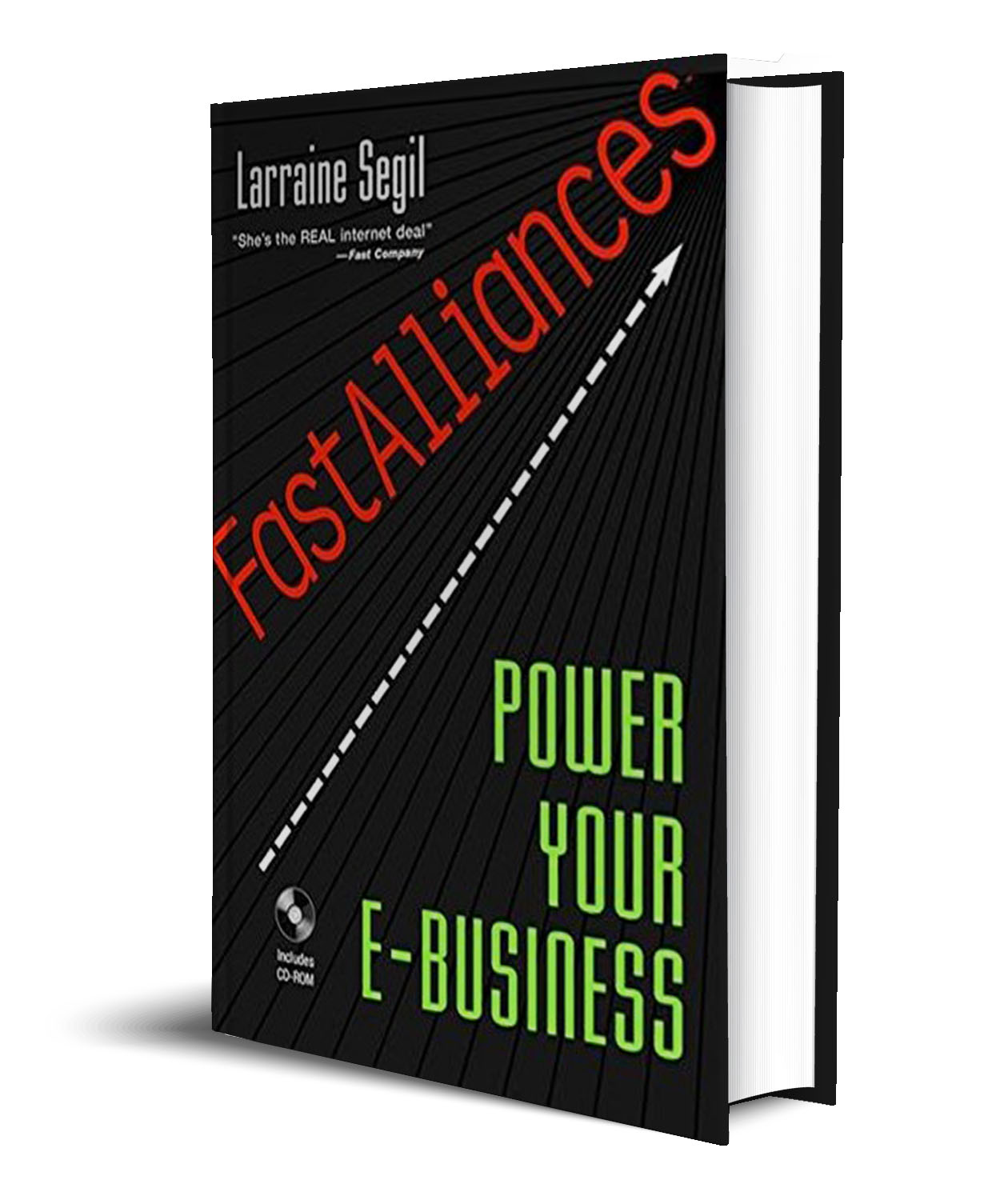
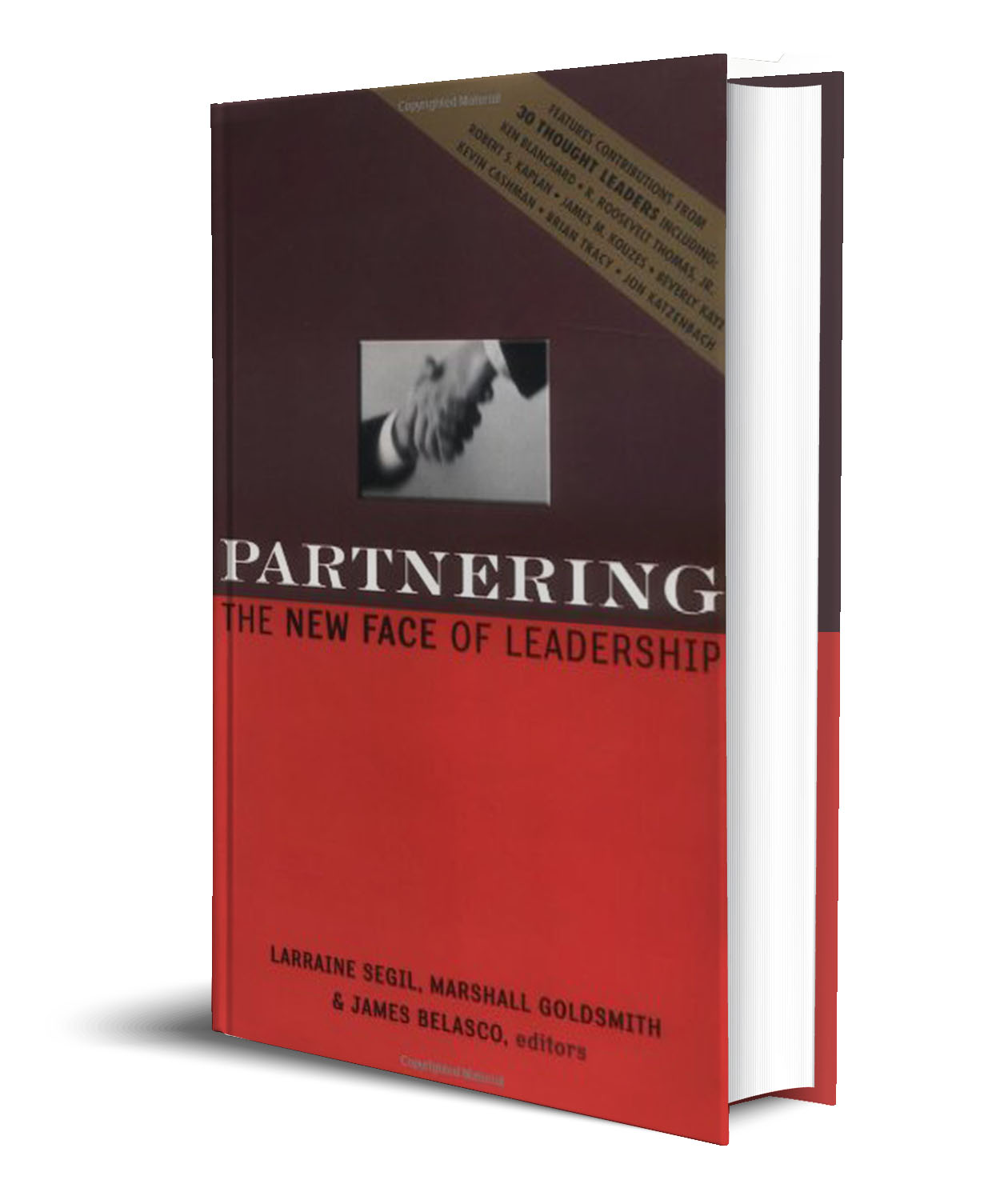
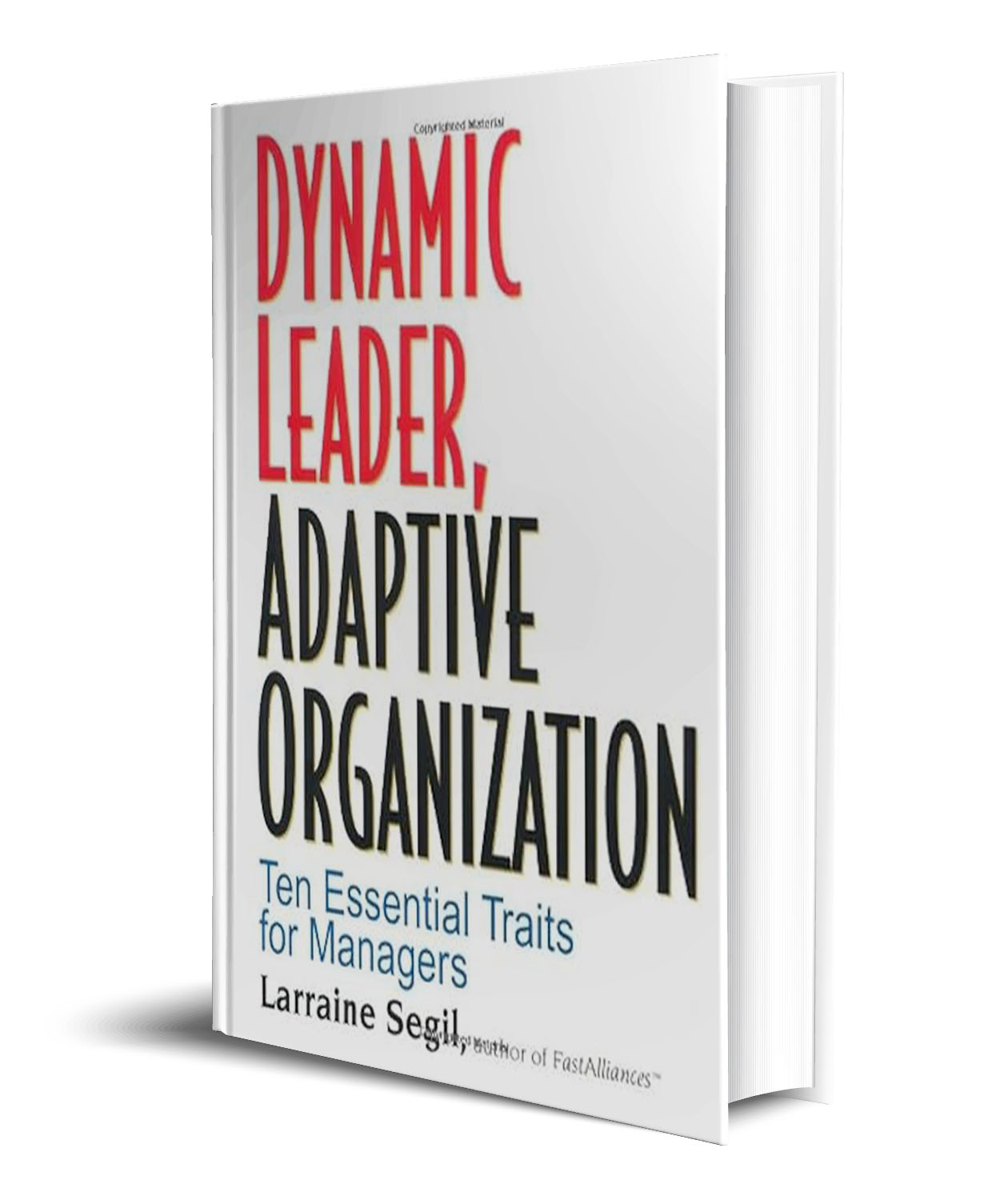
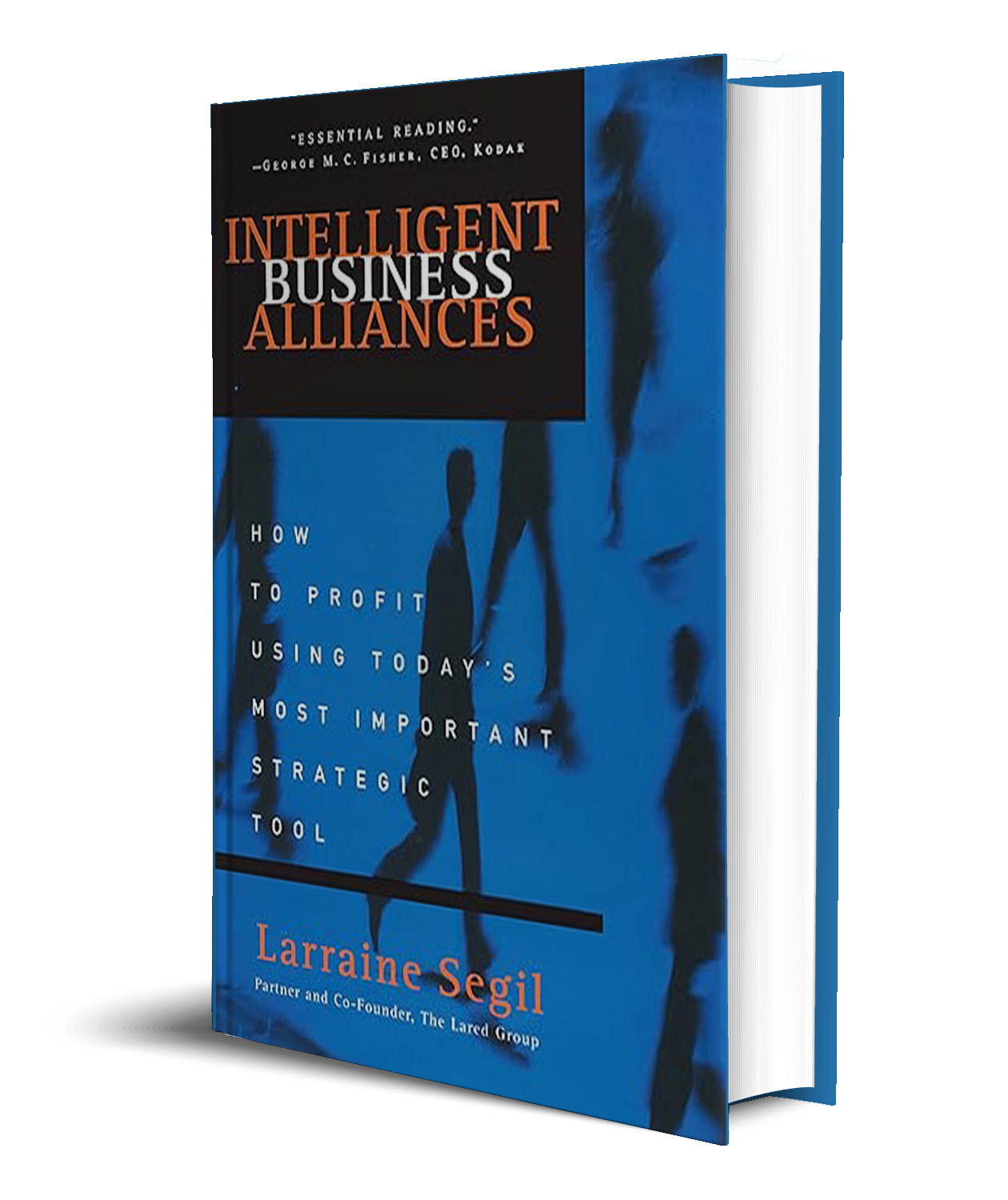
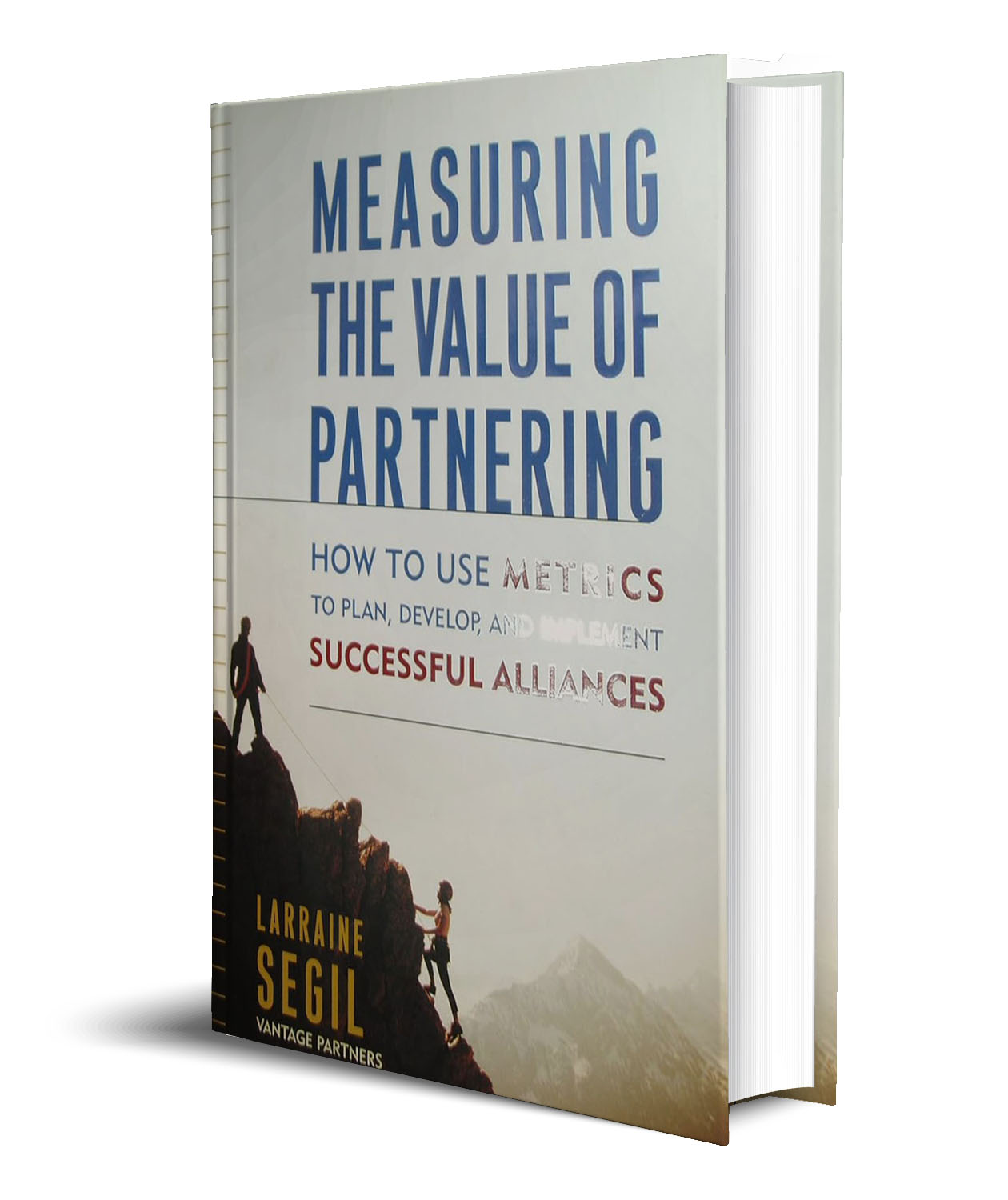
Leave a Reply
You must be logged in to post a comment.